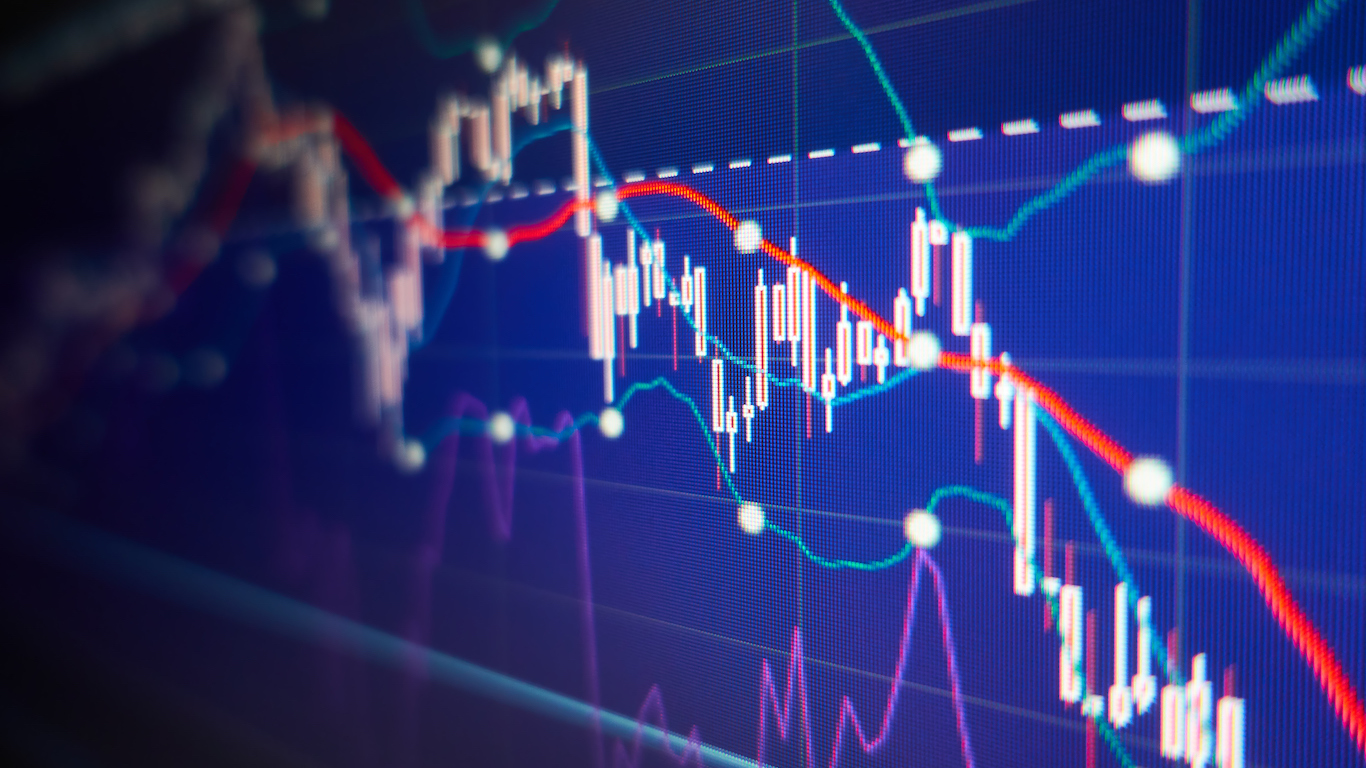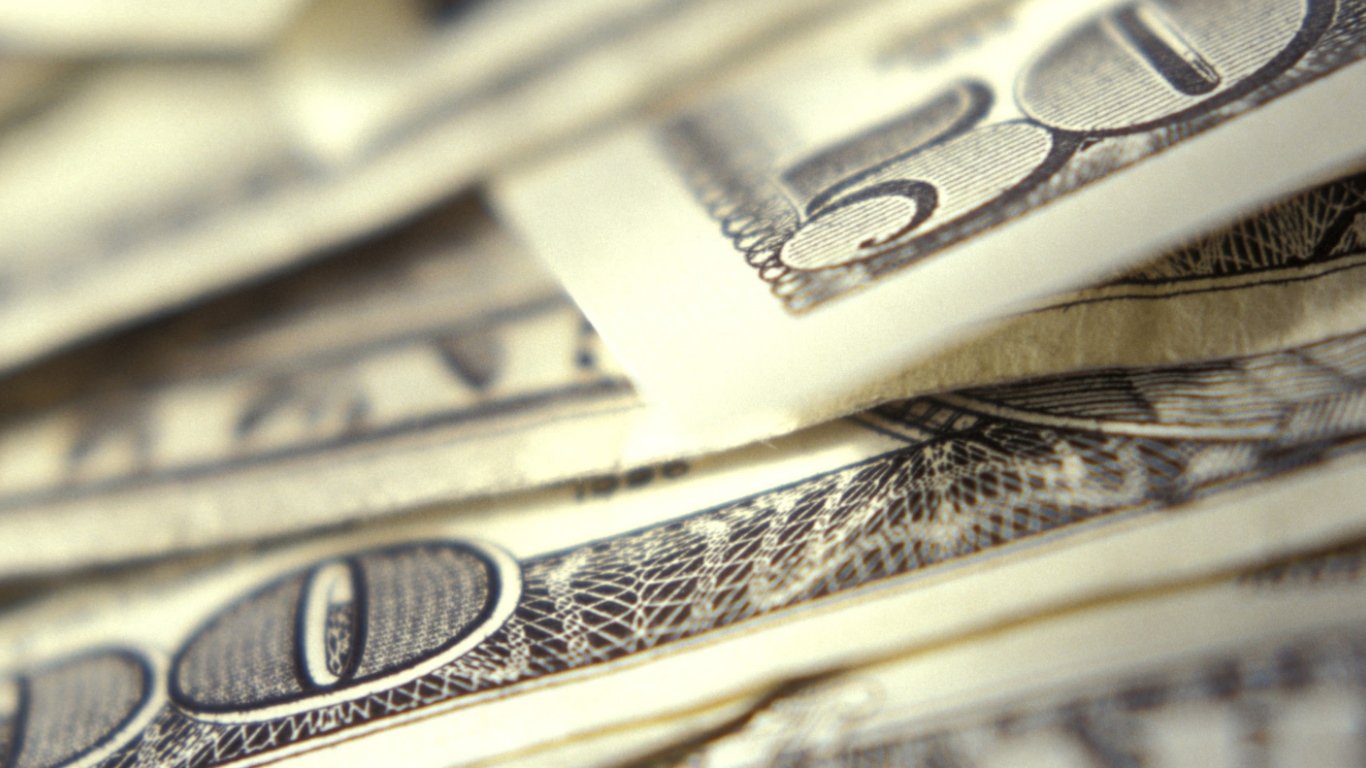

In one of the most remarkable stock market calls of the past 50 years, Barry Bannister and his team at Stifel went out on a limb back in March of this year just a few short days before the climactic low after a brutal 35% sell-off and made the case that it was very possible the market could see a relief rally that could carry the S&P 500 back to the 2,750 level by the end of April. That compared with a close on Friday, March 20, at 2,304.
Then a few short weeks later in early April, after the market had started to rally strong but ran into headwinds, not the least of which was panicked investors continuing to sell after gaining back some of the losses of the previous six weeks, Bannister held the 2,750 call, which was eventually raised to 2,950.
While many on Wall Street scoffed, and most expected at least a partial reversal after a huge snapback rally, in May Stifel once again raised the firm’s price target on the S&P 500 to 32,50 by August 30. Thus concluded one of the most courageous and bold calls in the annals of Wall Street.
However, with the S&P 500 currently trading just below the 3,400 level after some recent consolidation, especially in some of the momentum technology leaders, Bannister is sounding an extremely cautious note, and with good reason. Leadership has been very narrow, and the FOMO (or “fear of missing out”) factor that pushed shares higher could be waning.
In a new report, Bannister and the Stifel team are very concerned as many of the warnings signals that flashed 20 years ago during the end of the dot-com explosion are showing up again. As the old saying goes, those who refuse to acknowledge history are often doomed to repeat it. They noted this in the report:
A number of signals indicate the S&P 500, which has been led by a handful of technology-related stocks, is at risk of further correction. We see the P/E multiple pressured by Oct-2020 by a slightly higher real 10 yield Treasury yield (we estimate +40bps to -0.60%) as fiscal assistance recedes and 2021 EPS estimates come under pressure. We “get” the obvious Equity Risk Premium (ERP) bull case, but the S&P 500 earlier this month briefly reached the middle of a 2,880 to 3,715 range that ERP would imply through 2021, and we see more downside by Oct-2020. There is an alternate, outright “bubble” case featuring Fed repressed real yields with low inflation and resulting gargantuan P/E expansion, but history teaches us that over-paying for earnings growth when the Federal Reserve and Treasury (finally working in unison amid populism) are determined to reflate is the purview of speculators, not investors.
The Stifel team listed nine specific points that back up the firm’s cautious stance:
1) 20 years ago (just before the 2000-02 Tech Wreck) stocks were expensive vs. commodities, and we are there again: In the past 150 years, following the first month that the S&P 500 relative to commodities crossed above +1.5 sigma within the polynomial uptrend, an average -45% bear market has ensued about 1-2 years later, and the most recent cross was Jan-2020.
2) Equal-weighted S&P 500 Cyclical sectors relative to equal-weighted Defensives are peaking close to the level that for the past 20 years has preceded a major (high-teens percentage) correction or bear market for the S&P 500.
3) Oil divided by gold (barrel of Brent oil divided by an ounce of gold) indicates a deflation shock beckons, possibly catalyzed by fading fiscal policy support; as inflation fades real yields may rise, and it is the higher real yield that weighs on Growth stock P/E ratios.
4) The 50-day moving average inversion of the 10 year-3 month Treasury has never missed a recession call and besides the (correct) recession call the Jun-20, 2019 inversion warned of weak EPS for two years through 2021 estimated, making the consensus EPS 44% EPS recovery in 2021 estimated seem outlandish.
5) The dichotomy between the S&P 500 and the economy is attributable to the increased prominence of large cap Tech and the positive effect of low real bond yields which magnify the valuation for those long duration stocks, but the cognitive dissonance of price versus recovery potential does appear stretched to us.
6) Price and fundamentals are separate issues, so despite tech fundamentals perceived now as stronger than the late-1990s bubble, the price pattern is exactly the same: an “ascending curve,” with all the attendant risk and reward.
7) We understand the view that tech leaders today are stronger in every respect than those of the late-1990s bubble, but a better comparison is the 1972 Nifty Fifty leaders, the post-script for which was that over-paying for growth with a Fed and Treasury determined to reflate in the next decade was not a good combination in 1972…nor do we believe it is now.
8) We see the S&P 500 cyclically adjusted price-to-earnings ratio Equity Risk Premium indicating a 2,880 to 3,715 potential range the next year, but acknowledge the alternate “bubble” case which hinges on a negative (repressed) real yield and resulting gargantuan P/E expansion, the historical aftermath of which would be a major bear market.
9) If CAPE breaks out and the S&P 500 rises meaningfully past 3,700 it could signal a late-1920s or late-1990s style bubble that builds to a fateful peak; note that bubbles are rare.
Bannister is hardly one of Wall Street’s “perma-bears,” as indicated by the remarkable calls that he made into the teeth of one of the fastest and worst sell-offs in stock market history. In addition, it is not as if he is imploring investors to sell everything and go to cash and gold. What he and his staff are providing is empirical and logic-based evidence and data that stacks up well when looking at past market sell-offs.
Remember, in less than 50 days you have an election that will be one of the nation’s most important since 1860, in some eyes. The implied volatility that could come into the market could be huge, especially if there is no clear winner the night of November 3rd. It makes sense now, with the S&P 500 just below 3,400, to take some profit, raise some cash and possibly look for some hedges to protect portfolios.
Thank you for reading! Have some feedback for us?
Contact the 24/7 Wall St. editorial team.
 24/7 Wall St.
24/7 Wall St.


